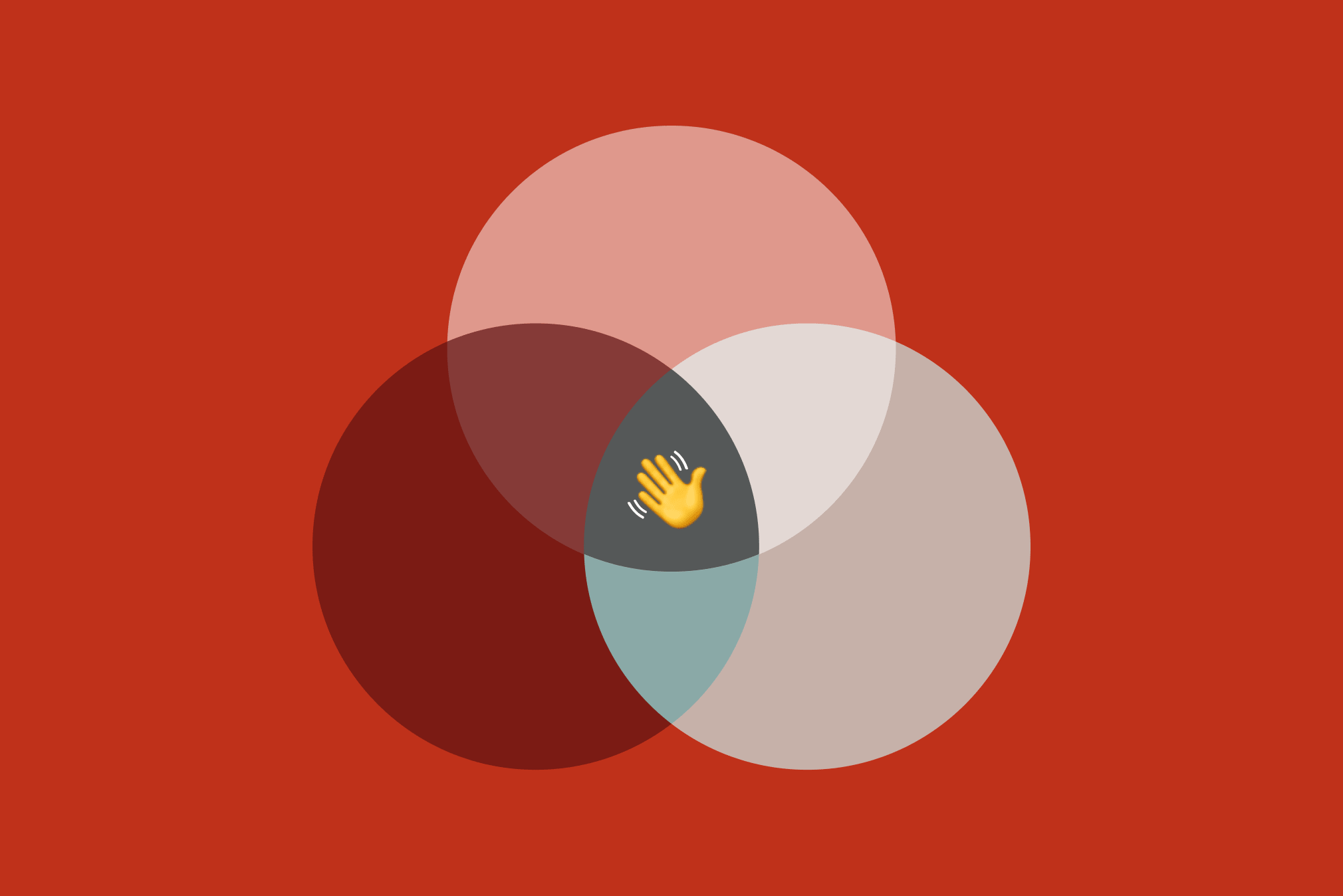The coronavirus pandemic canceled in-person conferences and meetings, leaving a void that virtual convenings couldn’t completely fill. Clubhouse, “a new type of social network based on voice,” has offered itself as a solution. The audio-chat app launched in April 2020 and quickly gained attention (and funding) in Silicon Valley.
Of the iPhone users who have access to the invitation-only app, many have wondered what, exactly, Clubhouse is trying to be. If the app were an animal, it might be a duck-billed platypus: It’s not a conference, a phone call, a dinner party, or social media; it’s all of those things. (Plus: It’s weird and sometimes toxic — not unlike the perplexing and venomous mammal.)
We’re engaging on Clubhouse and we’re intrigued — but we also have questions.
Clubhouse as a conference
Even those who complained about conferences in the “before times” have recognized what we’ve lost over the past year; in-person opportunities to learn, promote, and connect are critical for most organizations. Clubhouse offers a chance to experience some of the spontaneity of dropping into an inspiring panel discussion or meeting someone new on the trade show floor. When travel and in-person events return, will Clubhouse still hold the same appeal?
Clubhouse as a phone call
Many Clubhouse chats feel familiar — and that’s because they’re just like conference calls. The ability to listen in on conversations is a boon for those who are competitively curious. But most Clubhouse users have experienced the awkwardness of being asked to speak unexpectedly or accidentally joining a room where the conversation feels private. Sometimes apps create new social norms, but more often, they must adapt to existing behaviors. Just because a conversation is open, should everyone listen in?
Clubhouse as a dinner party
Despite — or perhaps because of — the app’s exclusivity, Clubhouse chats can feel like intimate conversations. The “golden age of podcasting” has primed users to associate the human voice with “immediacy and emotion.” But that intimacy can be overwhelming, and the always-on nature of the app can be especially difficult for employees and caregivers who are already overextended. Less than a year in, some users already feel fatigued. Is the neverending conversation sustainable?
Clubhouse as social media
Clubhouse sells itself as a social app, and it’s attempting to draw creators and influencers with a new accelerator. An Android app is coming, which will also help Clubhouse add to its 10 million weekly active users. Its format counteracts Twitter’s tendency toward polarization by allowing for nuanced conversation. And like LinkedIn, exposure on Clubhouse can raise a user’s professional profile. But people include links to other accounts in their Clubhouse bios and promote Clubhouse chats on other channels. Will individuals and organizations shift time and resources away from other social media platforms to focus on Clubhouse?
The proliferation of high-speed internet and smartphones didn’t kill websites; it gave us mobile-first experiences and ushered in new ways of interacting with people and organizations. Likewise, Clubhouse is unlikely to cannibalize other platforms — but it may move some activities to a new platform and shift how we listen and connect.
Are you experimenting with Clubhouse? Connect with these Luminaries:
- Sara Holoubek, CEO
- Jessica Hibbard, Head of Content & Community
- Mercedes de Guardiola, Communications Associate
We’re considering hosting a virtual version of our ever-popular Lab Session events on Clubhouse. Email us if you’d like to listen in or recommend a topic.



